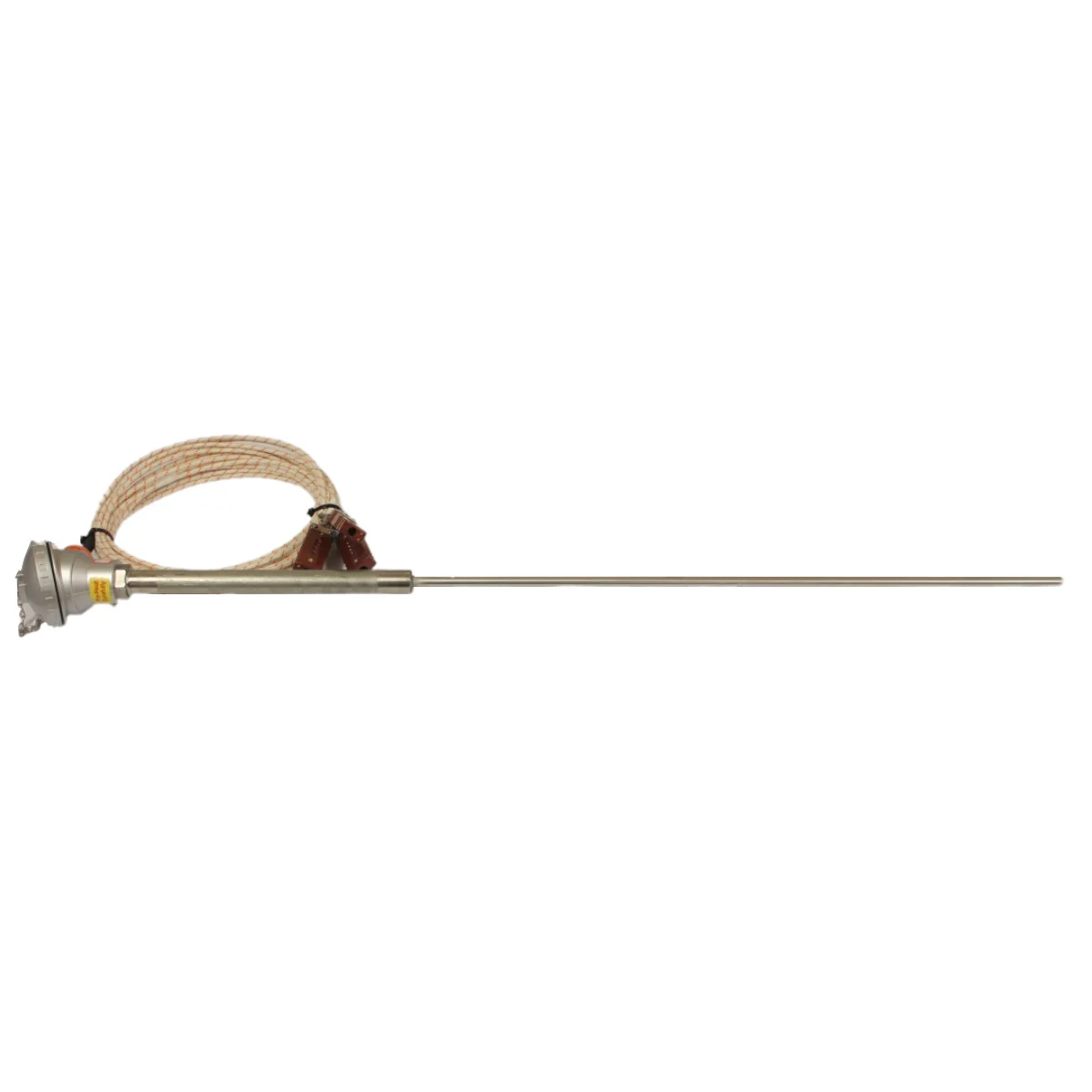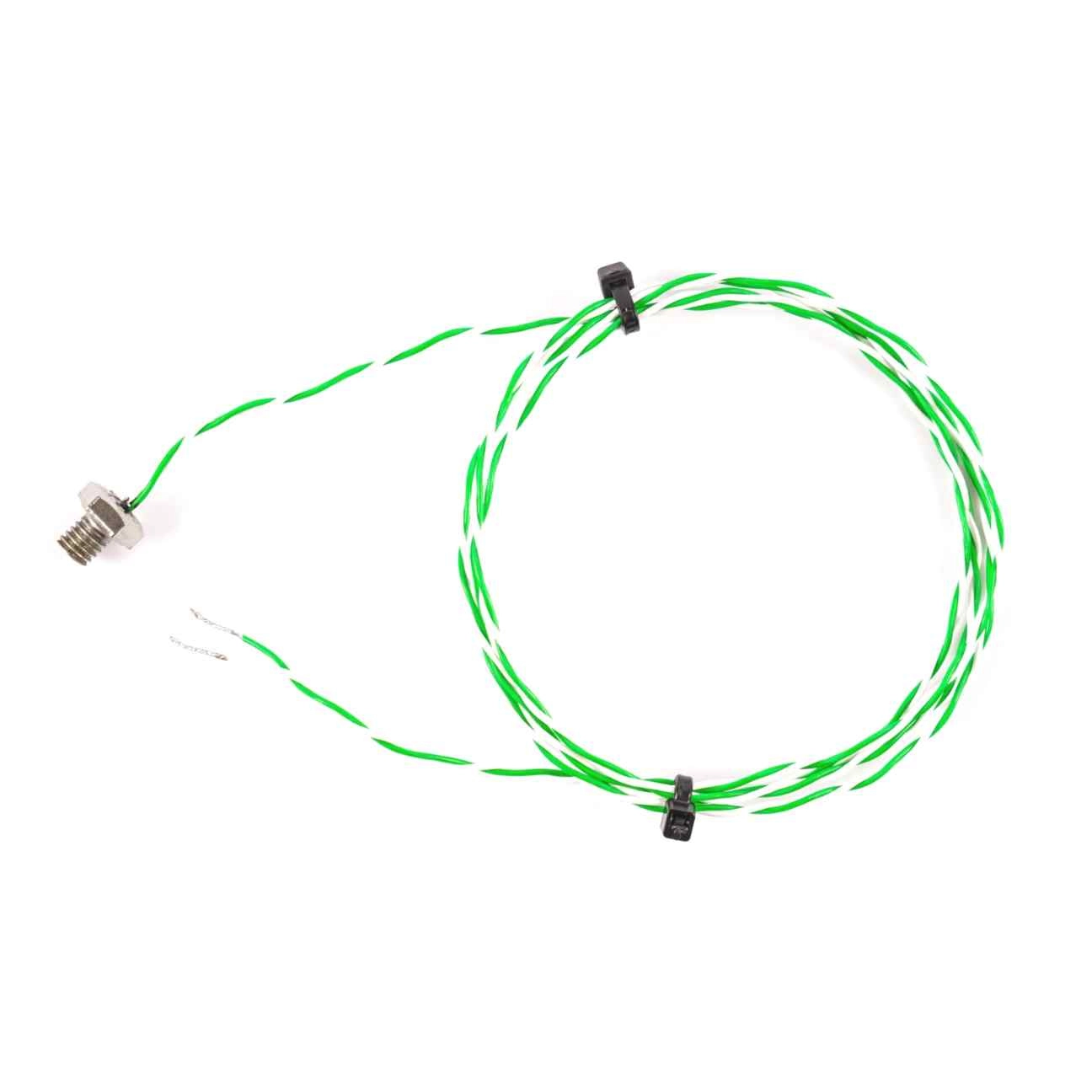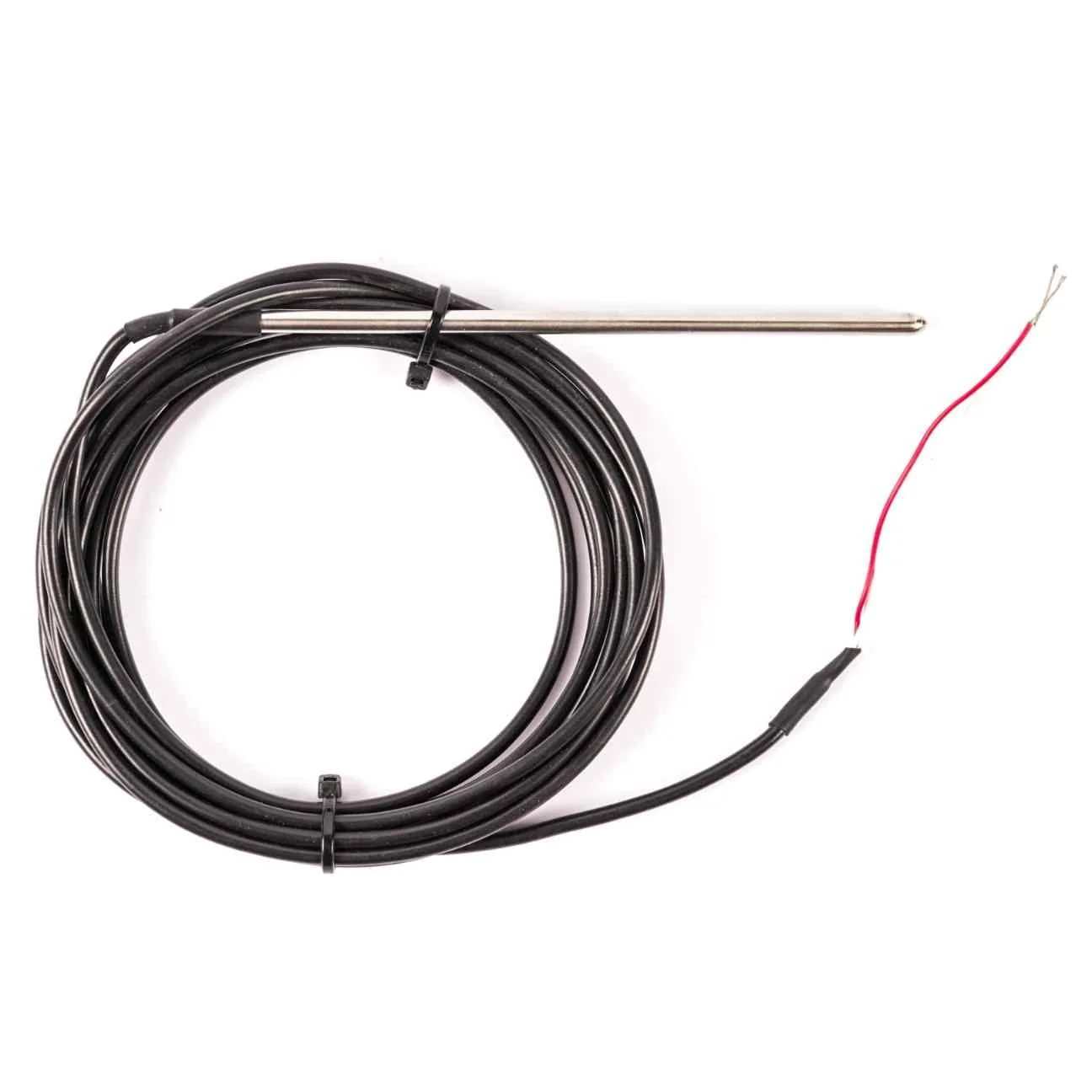Conduction Error in Temperature Sensors
TL;DR — Quick Summary
Conduction error occurs when heat travels along a temperature sensor, causing inaccurate readings. It is common in shallow or surface-mounted probes. Causes include poor sensor immersion, metallic sheaths, and signal wires conducting heat away from the measuring point. While some error is inevitable in small sensors, careful design, insulation, and proper immersion can significantly reduce the effect.
What Is Conduction Error?
Conduction error is a measurement inaccuracy caused by heat transfer along the sensor body rather than solely from the medium being measured.
Even highly accurate temperature sensors can be affected if:
- The probe is not deeply immersed in the medium
- Sheaths or wires conduct heat away from the measuring point
- The sensor passes through a thermal gradient near the measurement point
This can result in:
- Under-reading in hot environments
- Over-reading in cold or cryogenic environments
For surface-mounted sensors or very short probes, conduction error is often unavoidable. However, in many industrial applications, small errors may not significantly affect the process, especially if trends rather than absolute values are critical
Causes of Conduction Error
- Inadequate Immersion – Sensors need to be sufficiently submerged to avoid influence from ambient conditions.
- Heat Conduction Along the Sheath – Metallic sheaths can draw heat away from the measurement point.
- Heat Transfer Through Signal Wires – Thick or highly conductive wires can distort readings.
- Thermal Gradients – Passing through areas of varying temperature can introduce error.
How to Reduce Conduction Error
While it cannot be entirely eliminated, conduction error can be minimised through thoughtful sensor design and installation:
- Use thin signal wires made of higher resistance materials (e.g., Nickel; not suitable for thermocouples)
- Thin the metallic outer sheath to reduce heat conduction
- Incorporate a thermal insulator section inside the sheath
- Add insulation blankets around sensor assemblies
- Place lagging around sheaths and leads
- Maximise thermal contact with the measured medium
Adequate Immersion
Immersion depth is a key factor. A general rule is that sensors should be immersed at least 10 times the sheath diameter.
However, every application is unique. Engineers should test and optimise immersion depth to achieve the best balance between conduction error and practical installation limits.
Why Conduction Error Matters
Conduction error can compromise the accuracy of critical measurements in industries like:
- Aerospace
- Automotive
- Chemical processing
- Waste treatment
- Aluminium remelting
By understanding and designing for conduction error, engineers can ensure that temperature sensors provide reliable data for process control and safety.
FAQs
Q: Can conduction error be completely eliminated?
No, but proper sensor design, immersion, and insulation can minimise it to a negligible level for most applications.
Q: How do I know if conduction error is affecting my readings?
Compare readings from sensors of different designs or use calibration against a known reference in your system. Significant discrepancies indicate potential conduction error.
Q: What is the rule of thumb for immersion depth?
Immersing a sensor at least 10 times the sheath diameter is a common guideline. Application-specific testing is recommended for optimal results.
Q: Does sheath material affect conduction error?
Yes. Metallic sheaths conduct heat away from the sensor tip, increasing conduction error. Thinner sheaths or thermal insulation can reduce this effect.
Q: Can small surface-mounted sensors be trusted?
For trend monitoring, yes. For precise absolute measurements, conduction error may need to be mitigated through design and installation adjustments.
If you want to order a temperature sensor or you are unsure exactly what you need, get in touch and we can help you.




